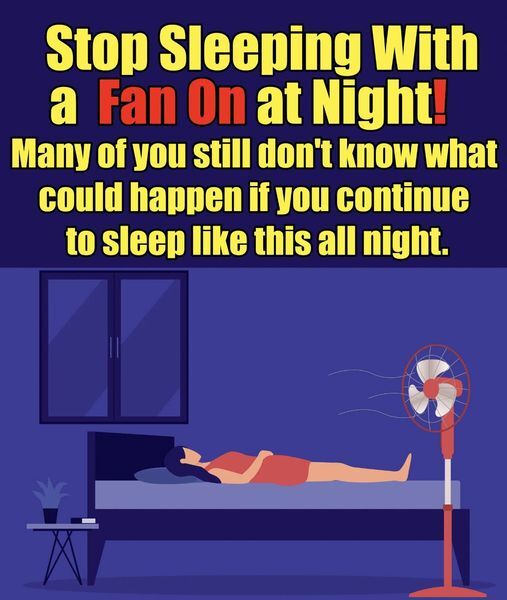For many, the soft hum of a fan is the perfect background sound for falling asleep. It creates a sense of calm, masks household noise, and keeps the air circulating. But while using a fan at night might feel like part of a comforting routine, it’s worth exploring how it could be subtly affecting the quality of your sleep.
Our bodies follow a natural rhythm that includes a slight drop in core temperature before sleep. This helps signal to the brain that it’s time to rest and can support deeper, more refreshing sleep cycles. When a fan is constantly blowing—especially warm or uneven air—it may interfere with this process for some people. Instead of helping you cool down, it might cause minor fluctuations in body temperature that leave you waking up more often during the night.
Fans typically don’t lower the temperature of a room; rather, they circulate the existing air. In some cases, this can lead to dryness in the air, which may affect your skin, throat, or nasal passages—particularly in already low-humidity environments. Some individuals also find that direct airflow can lead to slight discomfort, including cool drafts on muscles or joints, especially if they’re uncovered during the night.
That said, the impact of fan use varies from person to person. If you find yourself waking up feeling dry or uncomfortable, it may be worth experimenting with alternatives. Creating a comfortable sleep environment doesn’t always require a fan. Try adjusting your thermostat to maintain a bedroom temperature between 60 and 67°F (15–19°C), which is widely recommended for restful sleep. Light, breathable bedding such as cotton or linen can also help your body regulate temperature naturally. Moisture-wicking sleepwear and well-ventilated mattresses are great additions to your sleep setup.
Continue reading on next page…

